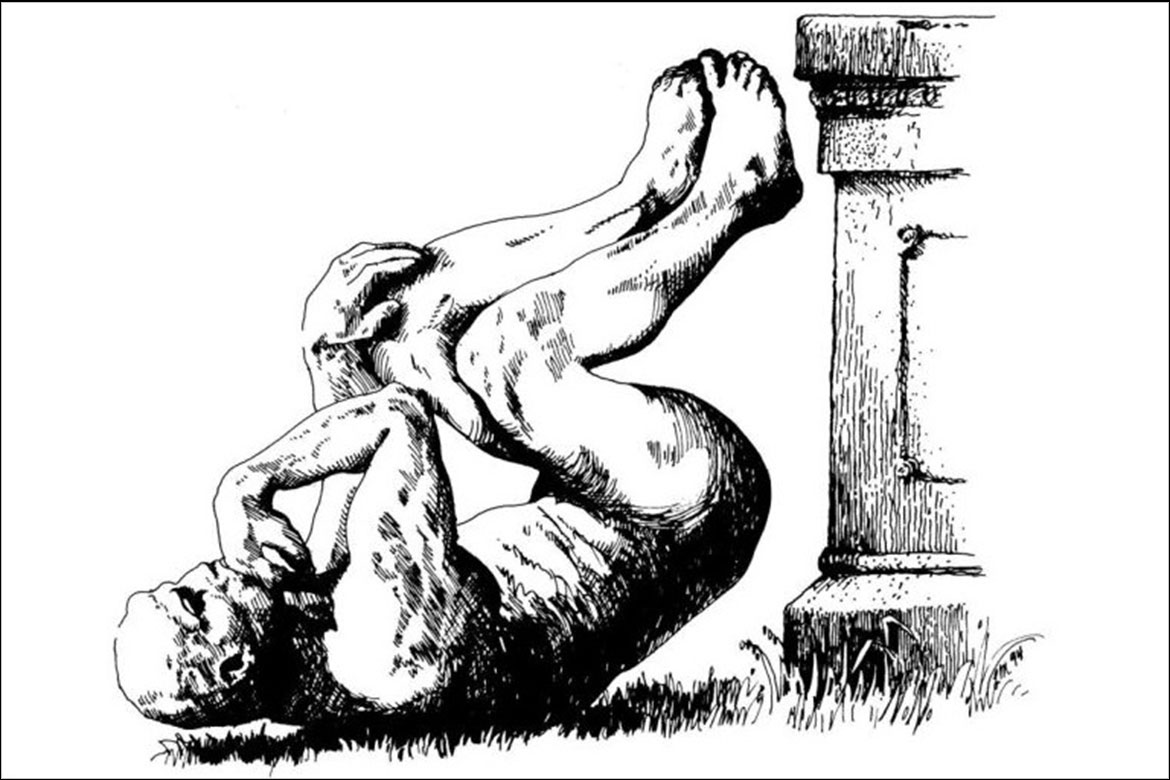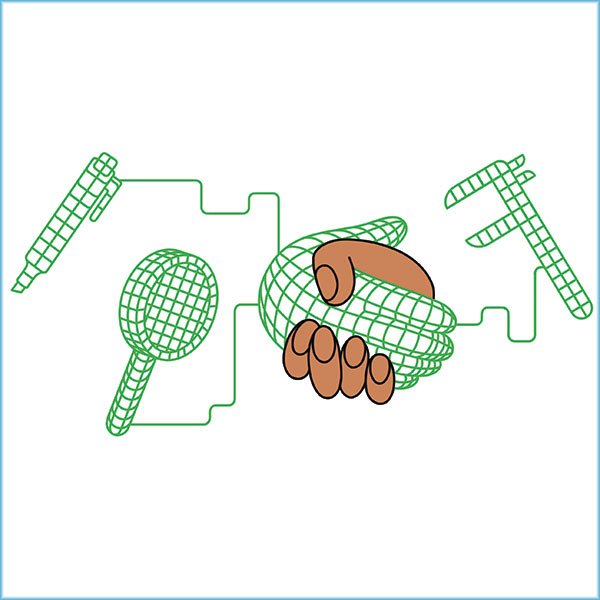IN BRIEF
Cutting-edge research absurdity
Every year, the new Ig Nobel Prizes are awarded. This year, the winners have made a knife out of faeces, analysed narcissistic eyebrows, and done a lot of French kissing.

August Rodin’s ‘The Thinker’ is an image often spoofed, and because it looks as though the subject is sitting on the toilet, ‘The Stinker’ (above) is the mascot of the Ig Nobel Prizes. | Image: zVg
“Our goal is to make people LAUGH, then THINK. We also hope to spur people’s curiosity, and to raise the question: How do you decide what’s important and what’s not, and what’s real and what’s not – in science and everywhere else?”. Thus spake the men and women behind the platform ‘Improbable Research’. Every year, they hand out ten so-called Ig Nobel Prizes at roughly the same time that the actual Nobel Prizes are awarded. This year, for example, the anthropologist Metin Eren won in the category ‘Materials Sciences’. Together with his team from Ohio, he endeavoured to test the veracity of a tale from indigenous mythology in which an Inuit makes a knife from his frozen faeces, kills a dog with it, and then makes a sledge from its bones. Eren, however, proved unable to kill any animal with his excremental ice-knife.
The winner in the ‘Psychology’ category was Miranda Giacomin from Canada, whose team devised “a method to identify narcissists by examining their eyebrows”. The laureate of the Ig Nobel in Economics was Christopher Watkins from the United Kingdom, who together with his team had tried to “quantify the relationship between different countries’ national income inequality and the average amount of mouth-to-mouth kissing”. At the award ceremony – held virtually – Eren spoke of how he had always dreamed of winning an Ig Nobel Prize, and explained the ideas behind his (non-funded) research project: “It was a humorous rallying cry for evidence and fact checking. It’s a great story of human ingenuity, but we need to question and get evidence for everything that supports stances we hold dear to our heart, especially in these dark days”.




